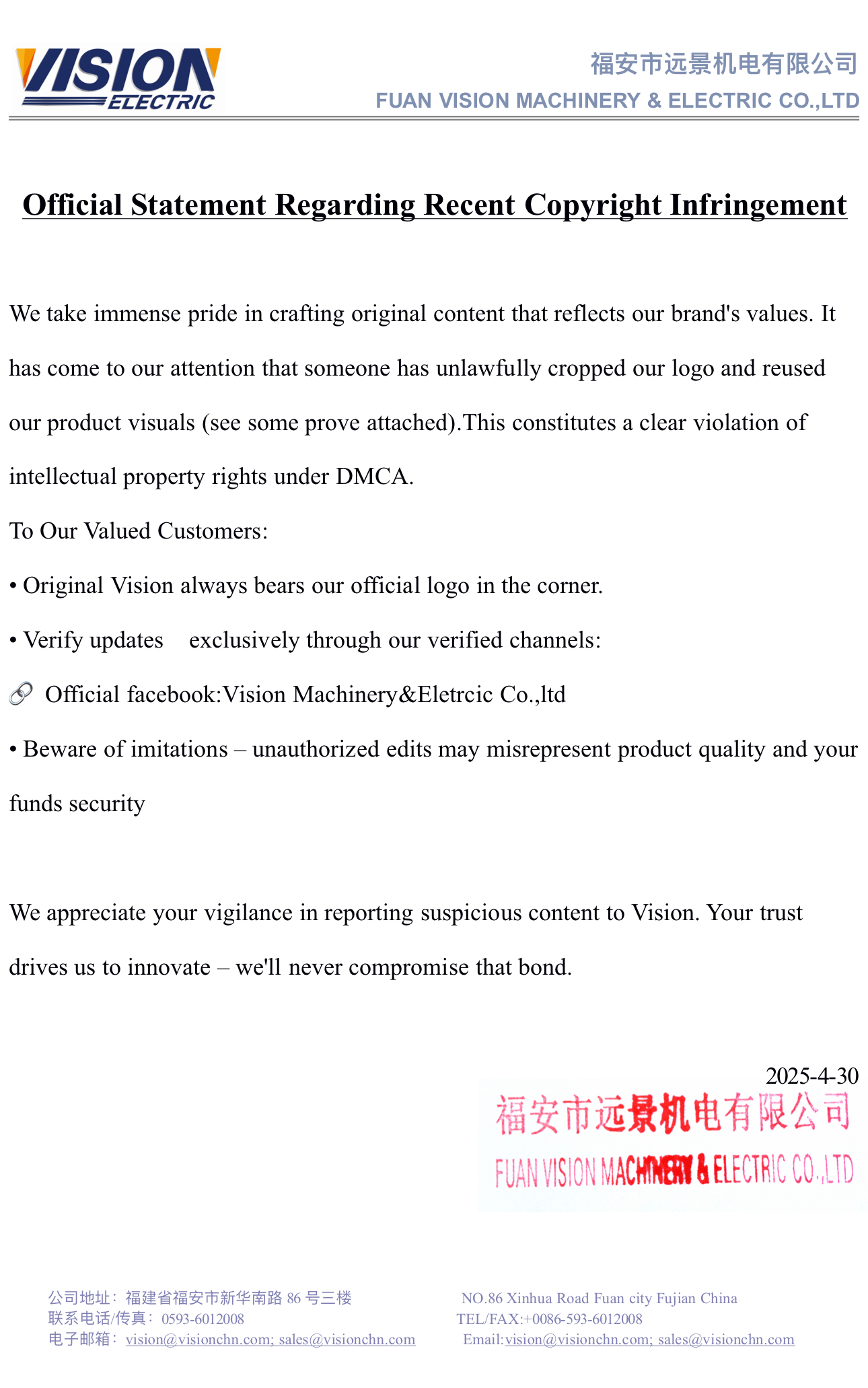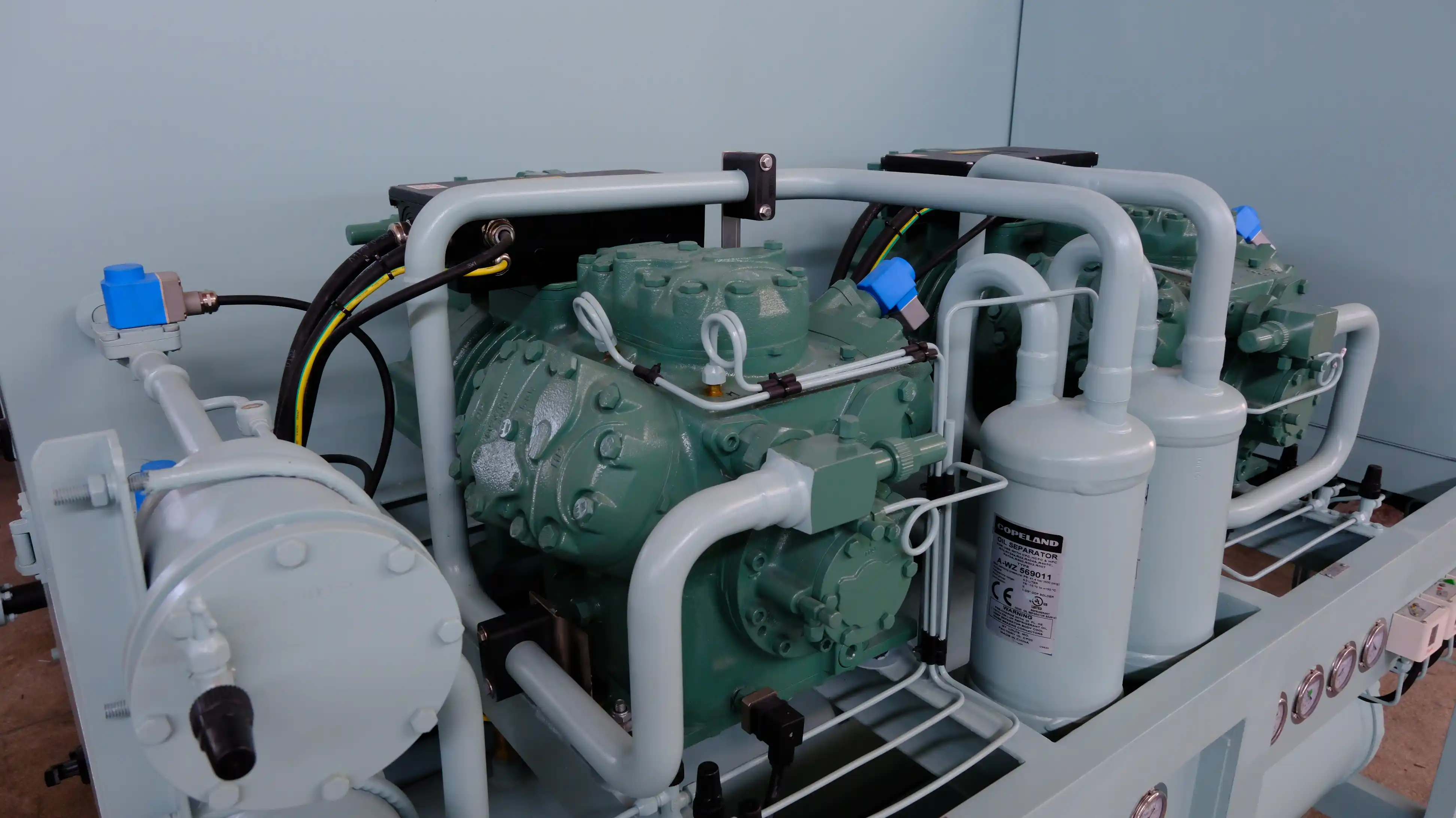In the quest for energy efficiency and sustainability, heat recovery systems (HRS) have emerged as a popular solution across various industries. These systems capture waste heat from processes and reuse it for heating, cooling, or power generation, thereby reducing energy consumption and greenhouse gas emissions. However, while the benefits of heat recovery systems are widely touted, it is crucial to examine the potential disadvantages that can arise from their implementation. This article delves into the multifaceted drawbacks of heat recovery systems, providing a balanced perspective for decision-makers considering their adoption.
- High Initial Investment Costs
One of the most significant disadvantages of heat recovery systems is the high initial capital investment required for installation. The costs associated with purchasing, installing, and integrating these systems can be substantial, particularly for small to medium-sized enterprises. This financial burden may deter businesses from adopting heat recovery technology, especially when the return on investment (ROI) is uncertain or takes several years to materialize. Additionally, the complexity of the installation process may necessitate specialized labor, further inflating costs.
- Maintenance and Operational Challenges
Heat recovery systems require regular maintenance to ensure optimal performance. The complexity of these systems can lead to operational challenges, including the need for specialized technicians who are trained to handle the intricacies of heat exchangers, pumps, and control systems. Failure to maintain these systems properly can result in decreased efficiency, increased energy consumption, and even system failures. Moreover, the presence of contaminants in the waste heat stream can lead to fouling and corrosion, necessitating more frequent maintenance and potentially shortening the lifespan of the equipment.
- Limited Applicability
Not all industrial processes are suitable for heat recovery. The effectiveness of a heat recovery system is highly dependent on the temperature and quality of the waste heat generated. For instance, low-temperature waste heat may not be recoverable for certain applications, limiting the system's overall efficiency. Additionally, industries with intermittent processes may find it challenging to implement a heat recovery system effectively, as the variability in waste heat generation can lead to inconsistent performance and underutilization of the system.
- Space Constraints
The installation of heat recovery systems often requires significant physical space, which can be a limiting factor in facilities with spatial constraints. The need for additional equipment, such as heat exchangers, storage tanks, and piping, can complicate the layout of existing facilities. In densely packed industrial environments, finding adequate space for these systems can be a considerable challenge, potentially leading to increased costs or the need for facility modifications.
- Regulatory and Compliance Issues
The implementation of heat recovery systems may also be subject to various regulatory and compliance challenges. Different regions have specific codes and standards governing the installation and operation of such systems. Navigating these regulations can be time-consuming and may require additional resources to ensure compliance. Furthermore, any changes to existing processes or equipment to accommodate a heat recovery system may necessitate additional permits or inspections, adding to the overall complexity of the project.
- Potential for Reduced System Efficiency
While heat recovery systems are designed to improve energy efficiency, there are scenarios where their integration can lead to reduced overall system efficiency. For example, if the recovered heat is not utilized effectively or if the system is poorly designed, it can result in energy losses that negate the benefits of recovery. Additionally, the introduction of a heat recovery system can alter the dynamics of existing processes, potentially leading to inefficiencies if not properly managed.
Conclusion
While heat recovery systems offer significant advantages in terms of energy savings and environmental benefits, it is essential to consider the potential disadvantages before implementation. High initial costs, maintenance challenges, limited applicability, space constraints, regulatory hurdles, and the risk of reduced efficiency are critical factors that decision-makers must weigh. A thorough feasibility study and a comprehensive understanding of the specific operational context are vital for determining whether a heat recovery system is the right choice for a given facility. By carefully evaluating these disadvantages, organizations can make informed decisions that align with their energy efficiency goals while mitigating potential risks.

